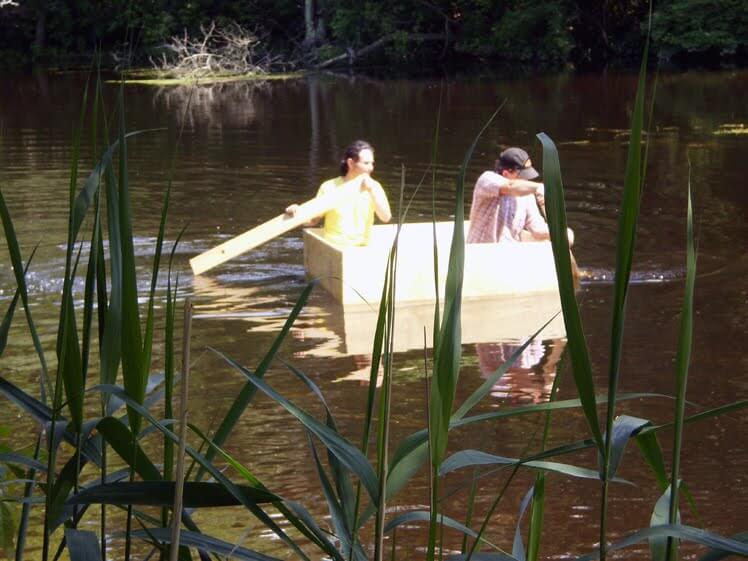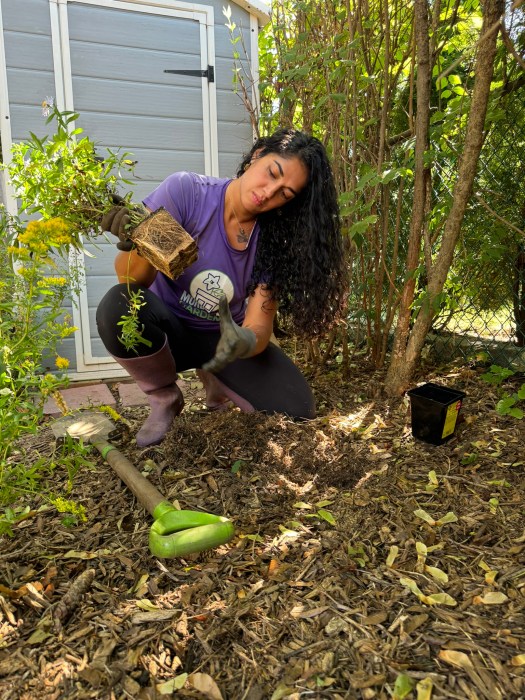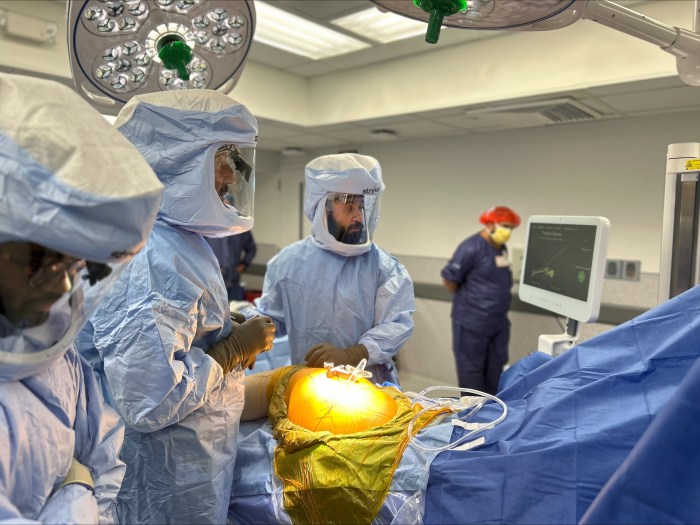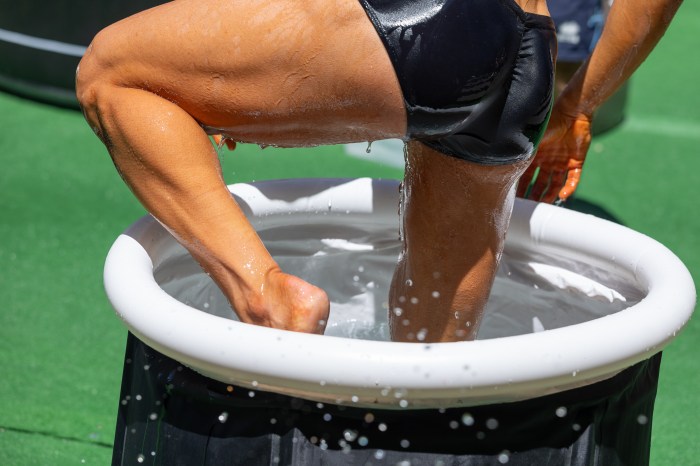 The U.S. Environmental Protection Agency, the National Oceanic and Atmospheric Administration and 12 national, state and local organizations today received a prestigious award from Coastal America, a unique partnership of government agencies, businesses and environmental organizations that work together to protect our nation’s coasts. EPA and its partners were recognized for their efforts and leadership in restoring a passage for fish on the Peconic River in Riverhead.
The U.S. Environmental Protection Agency, the National Oceanic and Atmospheric Administration and 12 national, state and local organizations today received a prestigious award from Coastal America, a unique partnership of government agencies, businesses and environmental organizations that work together to protect our nation’s coasts. EPA and its partners were recognized for their efforts and leadership in restoring a passage for fish on the Peconic River in Riverhead.
By replacing a dam in Grangebel Park in Riverhead with a rock ramp, the project will help return alewife, a type of herring, and American eels to their historic habitat and spawning areas on the Peconic River. The New York State Department of Environmental Conservation also played a major role in the project, from securing designs and permits to coordinating funding from government, nonprofit and corporate sources.
The Peconic River is an estuary where water from the sea mixes with fresh water from the river and streams. Estuaries are renowned for their habitat value, supporting 80 percent of recreational fish species during some or all of their life stages, and are sometimes called the “nurseries of the sea” because their sheltered, fertile bays and tributaries provide ideal locations for spawning and juvenile growth. Scores of marine fish live in the Peconic River.
“Protecting the health of the Peconic River – and the fish that live there – is a priority for EPA,” said EPA Regional Administrator Judith A. Enck. “This fish passage project has turned a stretch of the Peconic River back into the important fish habitat it once was. The rock ramp for fish in Grangebel Park will be vital to reestablishing populations of American eel and alewife, both of which have dramatically declined in recent years.”
The Peconic River flows approximately 17 miles west to east from its headwaters on the Brookhaven National Laboratory property to its mouth in Flanders Bay. Five dams exist along the river at Grangebel Park, Upper Mills, Forge Road, Edwards Avenue and the Peconic River Sportsman Club. The construction of the rock ramp reopened 24 acres of prime spawning habitat for alewife and American eels. Prior to the rock ramp being installed, a ladder that assisted the fish passage was installed at the north spillway in Grangebel Park each spring since 2000. The permanent rock ramp, suitable for allowing the passage of both alewife and American eels, was constructed in the south spillway of Grangebel Park.
Both alewife and eels are critical parts of the estuarine food chain as important prey for predatory fish and birds. Both species are also important as food and as bait fish for commercial and recreational fisheries.
Project partners include the Peconic Estuary Program, which EPA and Suffolk County manage, the Peconic River Fish Restoration Commission, the New York State Department of Environmental Conservation, the town of Riverhead, the U.S. Fish and Wildlife Service, Suffolk County, American Rivers, the FishAmerica Foundation, the Corporate Wetlands Restoration Partnership, the New York Corporate Wetlands Restoration Partnership, National Grid and Spectra Energy.


































